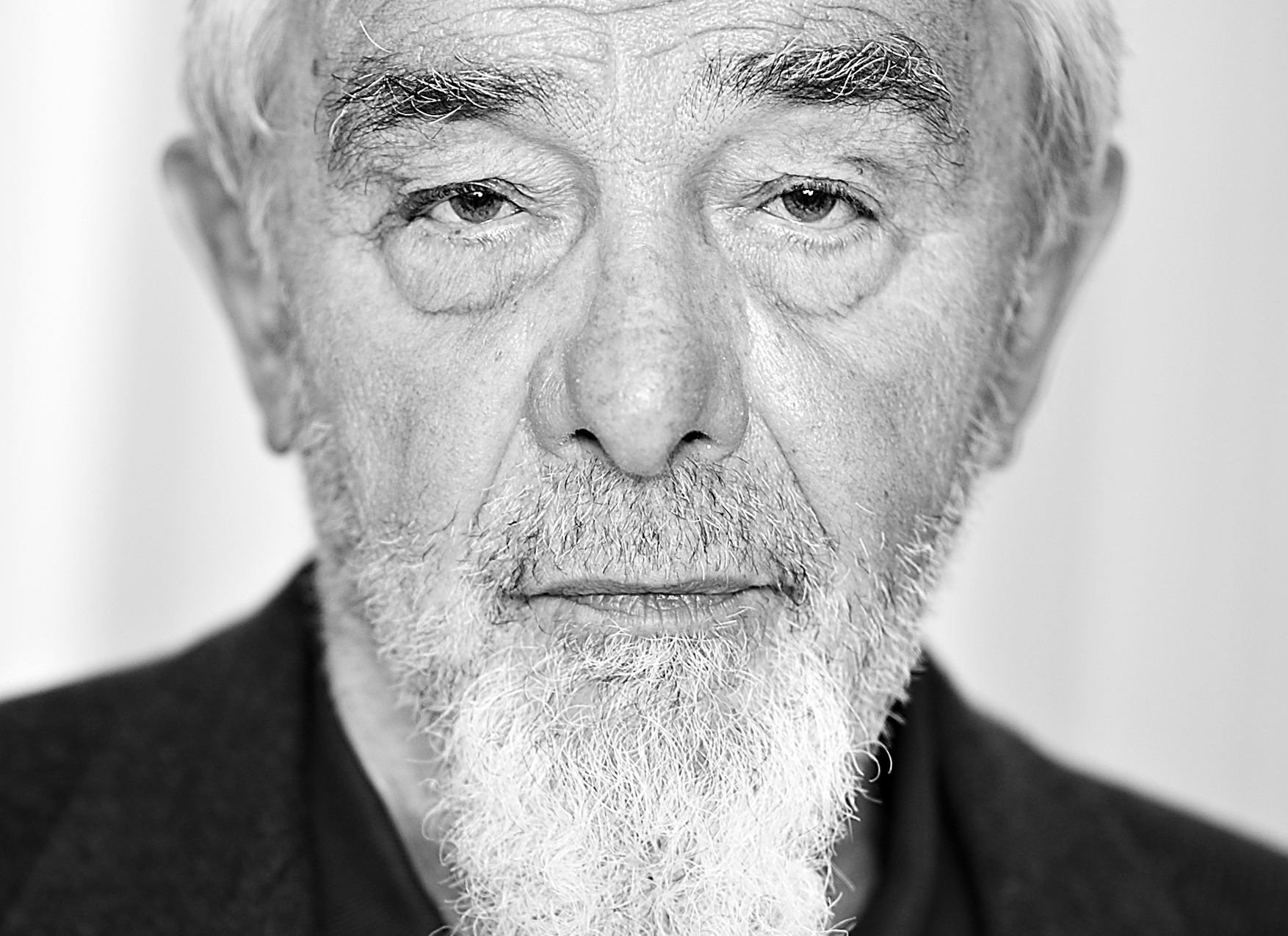

Biography
The work of Arnulf Rainer has explored the conceptual and communicative capacity of painting. Since the late 1940s, he has used the medium to probe the limits of human rationality and intention. His early engagements with late French Surrealism led to the formation of the collective Hundsgruppe (Dog group) with Maria Lassing, Ernst Fuchs, Arik Brauer, and Anton Lehmden. From here, he continued to explore his interest in hallucinatory and alternative states of mind, attempting to distance himself from the constraints of Modernist painting. In practice these ideas evolved through series of work that seemed to dispose with paradigms altogether. Early in his career, he sought to re-envision painting’s material support and the shape of its picture plane, and then began to develop ever more elaborate techniques of mediation between his intentions as the artist and the creation of the work, such as the application of paint with unorthodox instruments; the ‘overpainting’ of other media (including others’ artworks) and the incorporation of bodily action. In doing so, Rainer’s practice introduced new economies of making and reception that have impacted art practices today.
Rainer’s work has been the subject of many retrospective exhibitions, including at The Albertina, Vienna (2014), Museum Frieder Burda, Baden-Baden, Germany (2014), Kunsthalle Jesuitenkirche, Aschaffenburg, Germany (2014), Stedelijk Museum, Amsterdam (2000), Kunstforum der Bank Austria, Vienna (2000), Schömer-Haus Klosterneuburg, Vienna (1994), Museo d’Arte Contemporanea – Castello di Rivoli, Turin, Italy (1990) Gemeentemuseum, The Hague, the Netherlands (1990), The Solomon R. Guggenheim Museum, New York (1989) Museum of Contemporary Art, Chicago (1989), Nationalgalerie, Berlin (1980) Staatliche Kunsthalle, Baden-Baden, Germany (1980), Städtische Kunstmuseum, Bonn, Germany (1980), Kunsthalle Bern, Switzerland (1977), Lenbachhaus, Munich, Germany (1977), Kunstverein, Hamburg (1971) and 20er Haus, Vienna (1968). He has exhibited extensively, participating in major exhibitions at the Museum of Modern Art, New York (2012), Tate Liverpool (2012), Modern Art Museum, Salzburg (2012), MAK Center for Art and Architecture, Los Angeles (2007), Fondation La Maison Rouge, Paris (2005), Museo Nacional de Bellas Artes, Buenos Aires (1997) Museo Nacional de Bellas Artes, Santiago, Chile (1997), Malmö Konsthall (1992), Grey Art Gallery, New York University (1986), San Francisco Museum of Modern Art (1984), Musée National d’Art Moderne, Paris (1984), Van Abbemuseum, Eindhoven (1983), Louisiana Museum of Modern Art, Humlebæk, Denmark (1982), dOCUMENTA 7, Kassel (1982), 39th La Biennale di Venezia (1980), Secession, Vienna (1979), Austrian Pavilion, 38th La Biennale di Venezia (1978), dOCUMENTA 6, Kassel (1977), dOCUMENTA 5, Kassel (1972) and 11th Bienal do São Paolo (1971), among countless others.
Rainer holds honorary doctorates from The Catholic Theological Private University Linz, Austria (2006) and The Catholic Theological Faculty of the Westphalian Wilhelms-Universität, Münster, Germany (2004). Among his many awards and accolades, he is the first non-Spanish recipient of the Goya Prize (2006) and the Austrian State Prize for Graphics (1966).
Related

Arnulf Rainer: Towards Overpaintings
This retrospective exhibition highlights early works by self-taught Austrian artist Arnulf Rainer.
